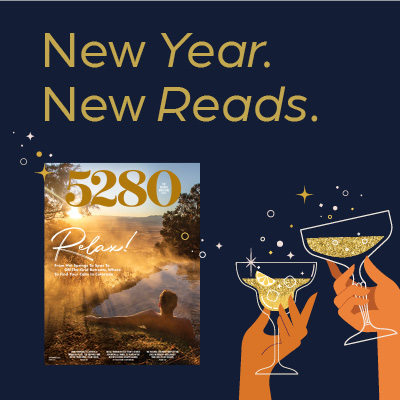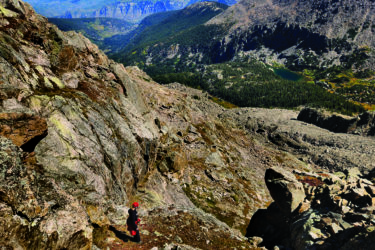The Local newsletter is your free, daily guide to life in Colorado. For locals, by locals.
Our days are filled with noise: The whirring of the Nespresso machine first thing in the morning. The podcast playing through our AirPods during a midday walk. Zoom calls. Kids crying. Cars honking.
Escaping all of that commotion is part of the appeal of lacing up for a hike or camping deep in a wilderness area. But as our world has become more urbanized, even those seemingly pristine sites are interrupted by human-made sounds, whether airplanes or ATVs. Quiet Parks International (QPI) is on a quest to measure the sound of silence—and recommend parks, trails, conservation areas, and even hotels across the globe that are easy on the ears.

In October 2023, the Indiana-based nonprofit named its second “Quiet Trail” and its first in the United States: the Niobrara National Scenic River in Nebraska. (The first was awarded in Taiwan; in May, Spain’s Montañas Vacías Bikepacking Trail joined the lineup.)
“It’s amazing how hard it is to find [these quiet places],” says Nick McMahan, QPI director of Quiet Trails. “In that sense, the rarity of these places is important.” McMahan paddled the entire 76-mile length of the Niobrara during the testing phase. Though QPI is still in the process of finalizing its standards, McMahan says the analysis is both subjective and objective, relying on field recordings and personal experience; testers are generally on-site for a minimum of three days.

They’re not seeking pin-drop quiet 24 hours a day. Rather, McMahan explains, when QPI awards a Wilderness Quiet Park, for example, it’s looking for 15-minute periods, particularly at dawn and dusk, when there are no noise intrusions or sound pollution. “With Quiet Trails…I’m also wanting some quietude to happen along the path or throughout the day,” he says.
That quiet can depend on the day. Summer is popular on the Niobrara, particularly Saturdays when the first 20 miles are packed with tubers and canoeists (guided tours are available). More than 200 waterfalls pepper that part of the route. Farther down, superintendent Susan Cook says wildlife—like otters, elk, and bald eagles—is more abundant. Six ecosystems overlap along the stretch, which is surrounded largely by grassland and working ranches and is most easily accessed via the small town of Valentine.
“Most of the time you’re just out there in nature and completely engrossed with nature around you,” Cook says. On a recent river trip, a group reported back to her that they’d identified 50 different bird calls.
So does the publicity around being named a quiet place risk leading to the loss of the very thing that makes an area like the Niobrara—and other QPI-awarded sites—so special?
“Just going out there and posing the question of quiet is valuable for anyone who’s searching or exploring or just having an experience in nature,” McMahan says. “That would hopefully be an ear-opening experience for them to be listening a little more closely and even reflecting on what quiet means externally, internally, and also spatially within any given location.”
When to visit: Schedule your trip to the Cornhusker State between July 28 and August 2 to coincide with the Nebraska Star Party, a celebration of the night sky through observation evenings, an educational field school, and kids’ programming.










